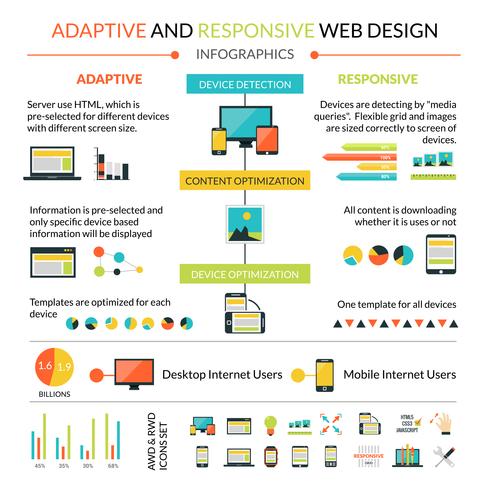Open Important Viewpoints On The Function Of Shade Psychology Fit Individual Behavior On Sites, And Find How It Can Impact Your Brand Name'S Digital Identification
Open Important Viewpoints On The Function Of Shade Psychology Fit Individual Behavior On Sites, And Find How It Can Impact Your Brand Name'S Digital Identification
Blog Article
Authored By-Callesen Strauss
Take advantage of the power of shade psychology in site style to boost individual involvement and perception. Shades trigger emotions, share messages, and affect just how customers analyze your website. They influence habits and decision-making, so pick wisely. Warm shades produce urgency, while cooler tones cause leisure. Contrasting shades help highlight key elements. Shades shape your brand name identification, reinforcing acknowledgment and connection with your audience. By lining up colors with your brand name worths and considering your target market's preferences, you can develop an aesthetically attractive and emotionally powerful site. Your site's color pattern can make a considerable difference in how users regard and communicate with your brand.
Relevance of Color Psychology
Comprehending the importance of color psychology is essential for developing impactful and engaging web site styles that reverberate with your target market. Colors have the power to evoke feelings, share messages, and impact perceptions. By tactically selecting the best shades for your internet site, you can boost the overall user experience and leave a long lasting perception.
Shade psychology plays an important role fit the assumption of your brand name. Various shades have unique associations and definitions attached to them. For click the up coming webpage , blue is frequently related to trust fund and expertise, while red can stimulate feelings of enjoyment or urgency. By lining up the colors on your web site with your brand name worths and messaging, you can develop a strong aesthetic identification that brings in and retains customers.
Furthermore, shade choices can influence user habits and decision-making. search engine packages have shown that certain shades can affect just how customers view information and connect with an internet site. By comprehending the psychological results of colors, you can make an internet site that overviews individuals towards details actions, such as purchasing or registering for an e-newsletter.
Impact on Customer Behavior
Color options in website design can directly affect how users behave and interact with the content presented. When users see a website, the shades used can evoke specific emotions and actions that impact their browsing experience. As an example, cozy colors like red and orange can create a feeling of seriousness or excitement, triggering users to do something about it swiftly. On https://www.forbes.com/sites/forbeseq/2022/03/30/top-marketing-newsletters-you-need-to-subscribe-to/ , cool colors such as blue and environment-friendly tend to have a calming result, perfect for advertising leisure or depend on.
Making use of contrasting shades can draw attention to essential elements on a webpage, assisting users in the direction of particular locations like buttons or phones call to activity. Furthermore, a well-thought-out color design can improve readability and navigation, making it simpler for individuals to find details and involve with the material. By tactically incorporating shades that straighten with your website's objective and target market, you can effectively affect customer actions and boost total communication.
Enhancing Brand Name Identity
To establish a strong and well-known brand name identification with site design, take into consideration how color selections can play a crucial function in shaping how individuals regard and get in touch with your brand name. Colors evoke emotions and organizations, making them powerful tools for conveying your brand name's worths and character. Uniformity in color use across your internet site can help reinforce brand recognition and create a natural aesthetic identity.
When choosing colors for your site, consider exactly how different colors align with your brand name's message. As an example, blue often indicates reliability and expertise, while eco-friendly can evoke sensations of development and eco-friendliness. By integrating these shade definitions tactically, you can improve your brand name's picture and interact with customers on a subconscious level.
Bear in mind that color psychology isn't one-size-fits-all; it's vital to consider your target audience's choices and social differences when picking shades. By leveraging the psychology of color in your web site layout, you can strengthen your brand name identification and leave a lasting impression on site visitors.
Verdict
As you navigate the vast sea of websites, remember the power of color psychology directing your every click. Like a painter with a combination, developers craft on-line experiences that stimulate emotions and shape assumptions.
From calming blues to vibrant reds, each hue plays an important function in catching your attention and affecting your activities. So following time you browse the internet, take a moment to appreciate the artistry behind the colors that surround you.
